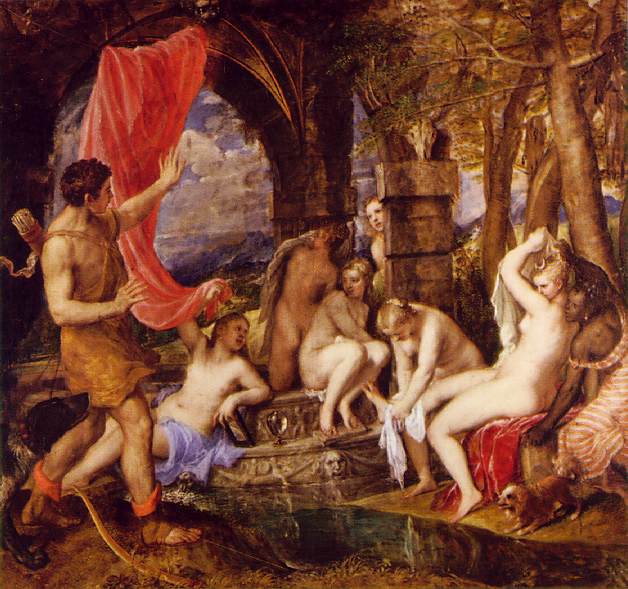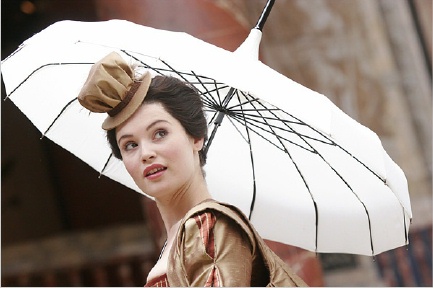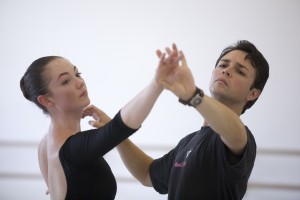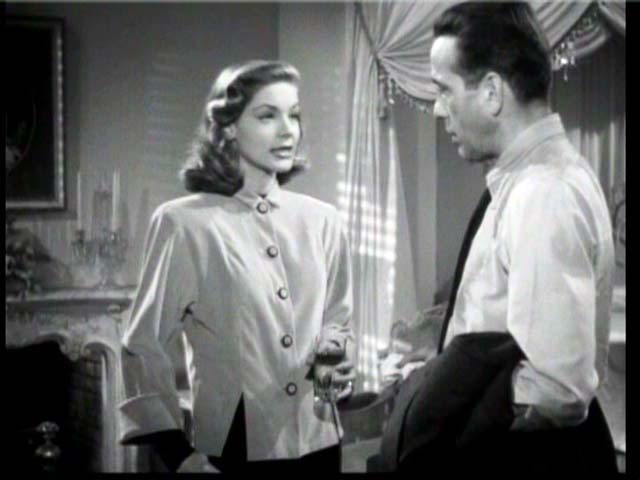 So here it is just hours before Labor Day (to be celebrated by much of America by a trip to the mall, where many people will be working for minimum wage or a skoosh over it) and this corner of Art Scatter is thinking about a few things.
So here it is just hours before Labor Day (to be celebrated by much of America by a trip to the mall, where many people will be working for minimum wage or a skoosh over it) and this corner of Art Scatter is thinking about a few things.
Such as Josh White, who is playing on the stereo (we reveal our age by using such an antiquated term), who has just finished singing and playing “Strange Fruit” (if you think Biilie Holiday‘s astonishing version is the whole story, give this one a listen) and has moved on through his hilarious, haunting “One Meat Ball” and is now into his definitive “St. Louis Blues” and — hold it — a killer “Careless Love.”
And Art Scatter’s wife’s amazing ability with a dirty martini.
And the hot peppers of Hatch, New Mexico, where his 92-year-old father lived for two years in the 1920s, and one of which has entered a soup still simmering on the Art Scatter stove, and which (the town, not the pepper) this corner of Art Scatter did not visit on a recent eight-day trip to Santa Fe and environs, which experiences this corner of Art Scatter will discuss shortly. (A shout-out to Southwest Airlines, perhaps the last of the decent air carriers.)
And now Josh White is singing “Jesus Gonna Make Up My Dyin’ Bed,” and this corner of Art Scatter could almost die happy.
But not before recommending a few things.
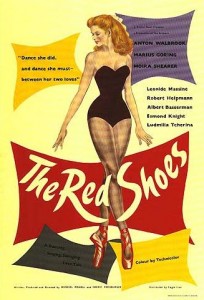 Such as Alistair MacAulay’s excellent revisit to the 1948 Michael Powell/Emeric Pessenburger movie The Red Shoes, which Friend of Art Scatter First Class Martha Ullman West has recently promoted as one of the greatest movies of all time. If you’ve done what we often do on holiday weekends and let your newspaper sit untouched, do pick up your Sunday New York Times.
Such as Alistair MacAulay’s excellent revisit to the 1948 Michael Powell/Emeric Pessenburger movie The Red Shoes, which Friend of Art Scatter First Class Martha Ullman West has recently promoted as one of the greatest movies of all time. If you’ve done what we often do on holiday weekends and let your newspaper sit untouched, do pick up your Sunday New York Times.
You’ll also find in your Sunday Times a wonderful story by J.D. Biersdorfer about a late 18th century art scam that pulled in the American painter Benjamin West and eventually other leading painters with its promise of revealing the secrets of the great Venetian ancients. It was, of course, a hoax, of P.T. Barnum proportions. A ruefully delightful tale.
Finally, check out Friend of Art Scatter D.K. Row’s challenge to the Portland art scene in the Sunday Oregonian, a piece bemoaning the city’s lack of a contemporary art center to goose the city’s art scene and push it into the national mainstream. We couldn’t agree more. The city that thinks it’s cool has a long way to go, and it’s lucky it has a few people like Row to speak the truth to its press-ageantry-lulled sense of self-satisfaction.
Happy Labor Day!
